No products in the cart.
Turbidity Turbidity Sensor with Module
In Stock
In Stock
Add to Wishlist
CompareAdd to Wishlist
Description
- Turbidity Measurement: The primary function of the sensor is to measure the turbidity of a liquid. Turbidity is typically quantified in Nephelometric Turbidity Units (NTU) or Formazin Nephelometric Units (FNU).
- Detection Principle: Turbidity sensors use various detection principles, including light scattering and absorption. A common method involves shining light into the liquid and measuring the scattered or absorbed light to determine the turbidity.
- Module Integration: The sensor is often integrated into a module, which includes the necessary electronics for signal processing, calibration, and communication with external devices.
- Light Source: Turbidity sensors typically incorporate a light source (e.g., an LED) that emits light into the liquid sample. The emitted light interacts with particles in the liquid, leading to scattering or absorption, which is detected by the sensor.
- Photodetector: The module contains a photodetector or photodiode that measures the intensity of the scattered or absorbed light. This data is then used to calculate the turbidity of the liquid.
- Calibration: Turbidity sensors may require calibration to ensure accurate measurements. Calibration involves comparing the sensor’s readings to known standards or reference samples.
- Range: Sensors can have different measurement ranges, so it’s essential to choose a sensor that is suitable for your application. Some sensors are designed for low turbidity measurements, while others are for high turbidity.
- Response Time: The response time of the sensor indicates how quickly it can provide a stable reading after changes in turbidity. Shorter response times are essential for real-time monitoring applications.
- Communication Interface: Many turbidity sensor modules have a built-in communication interface, such as I2C or UART, to connect to microcontrollers or data acquisition systems for data logging and analysis.
- Temperature Compensation: Some sensors include temperature compensation to correct for variations in turbidity caused by temperature changes in the liquid.
- Applications: Turbidity sensors are used in various applications, including:
- Water quality monitoring in environmental studies and drinking water treatment
- Industrial processes to monitor product quality and process efficiency
- Aquaculture to monitor water conditions for fish and aquatic organisms
- Wastewater treatment to control sedimentation and filtration processes
- Maintenance: Regular maintenance, cleaning, and calibration may be required to ensure the sensor’s accuracy and longevity, especially in applications with demanding conditions.


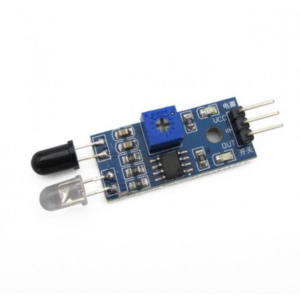
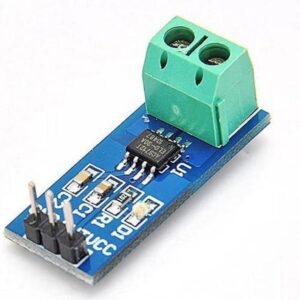
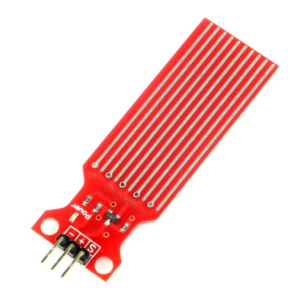
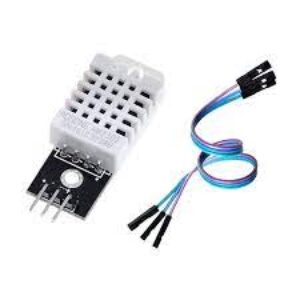
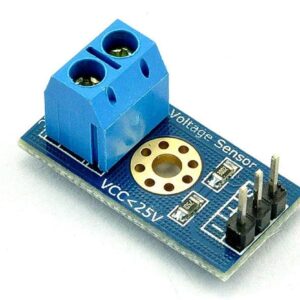
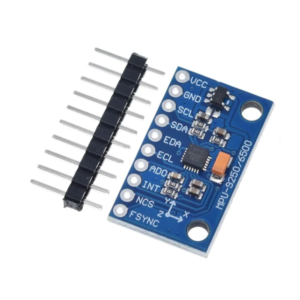
Reviews
There are no reviews yet.